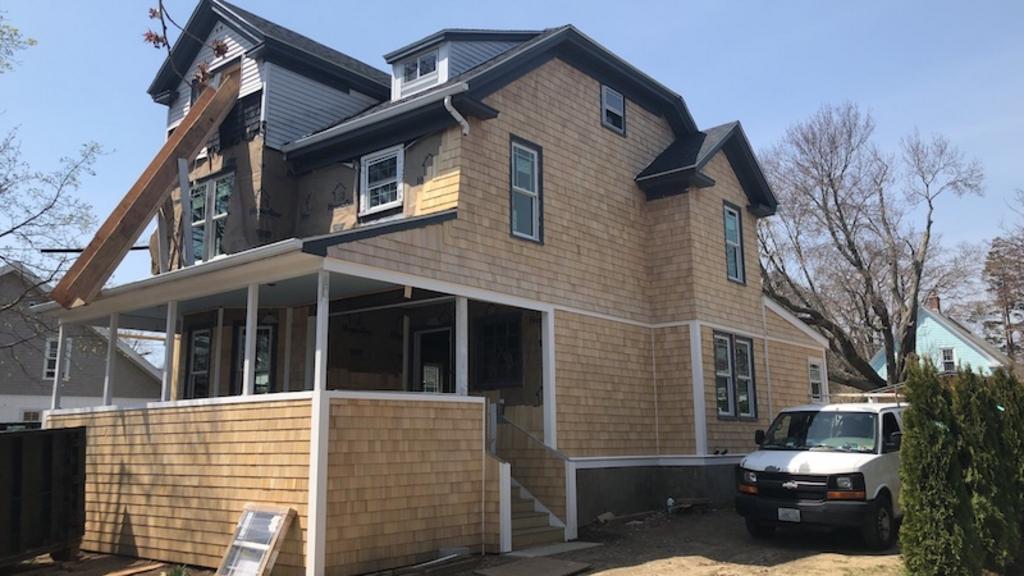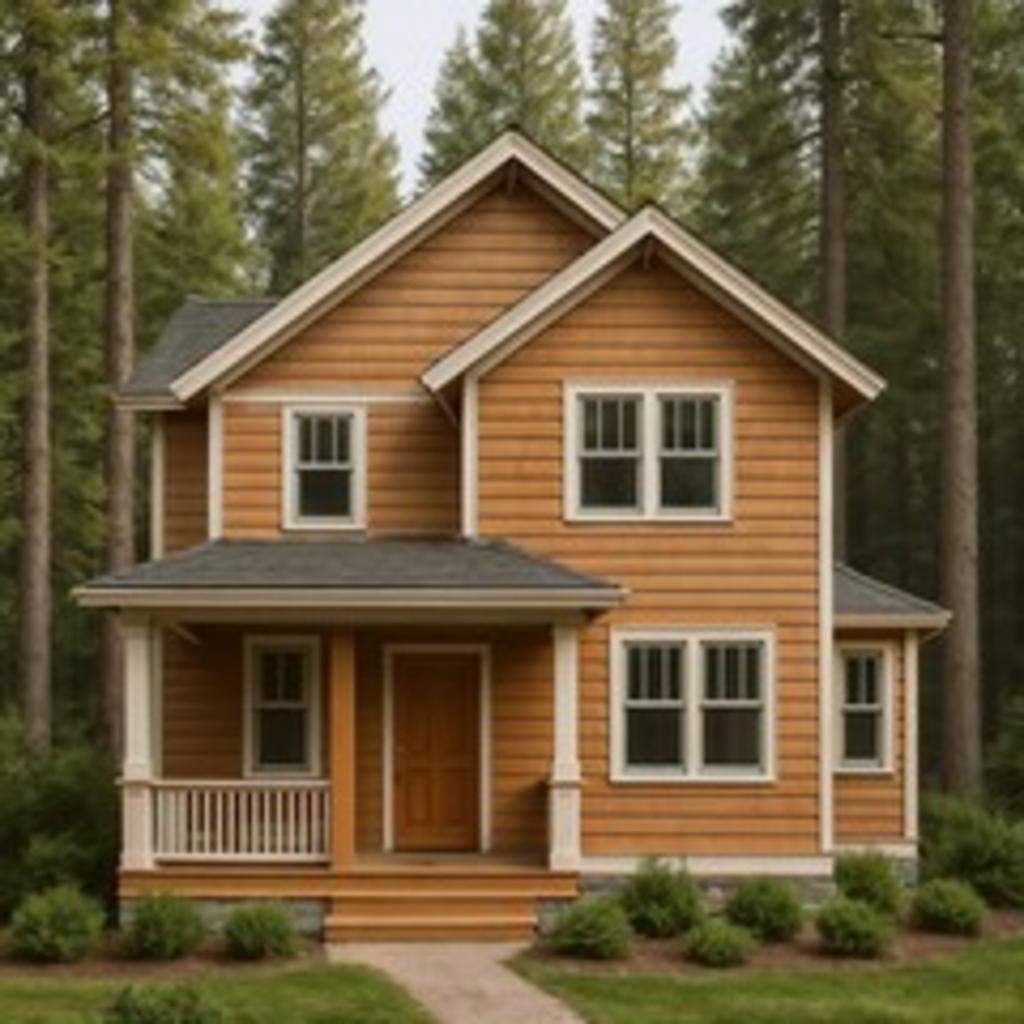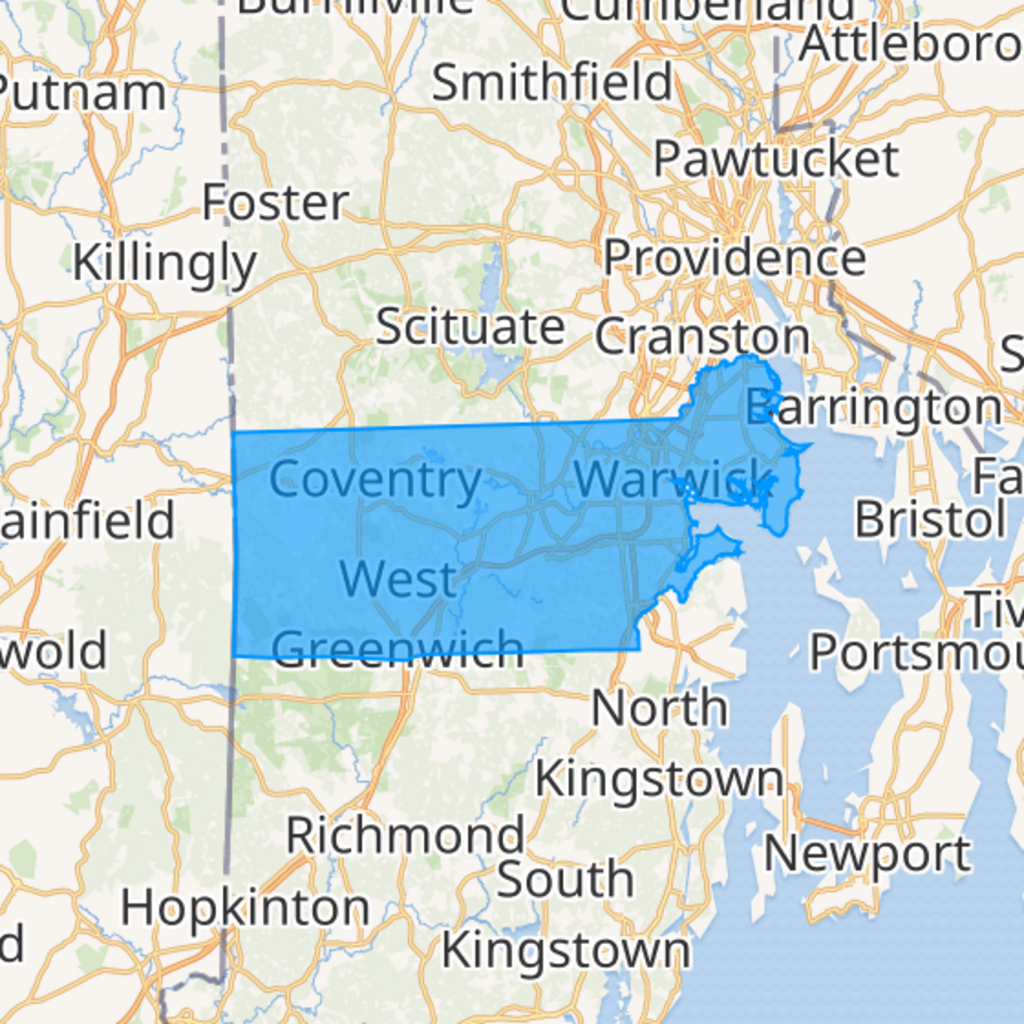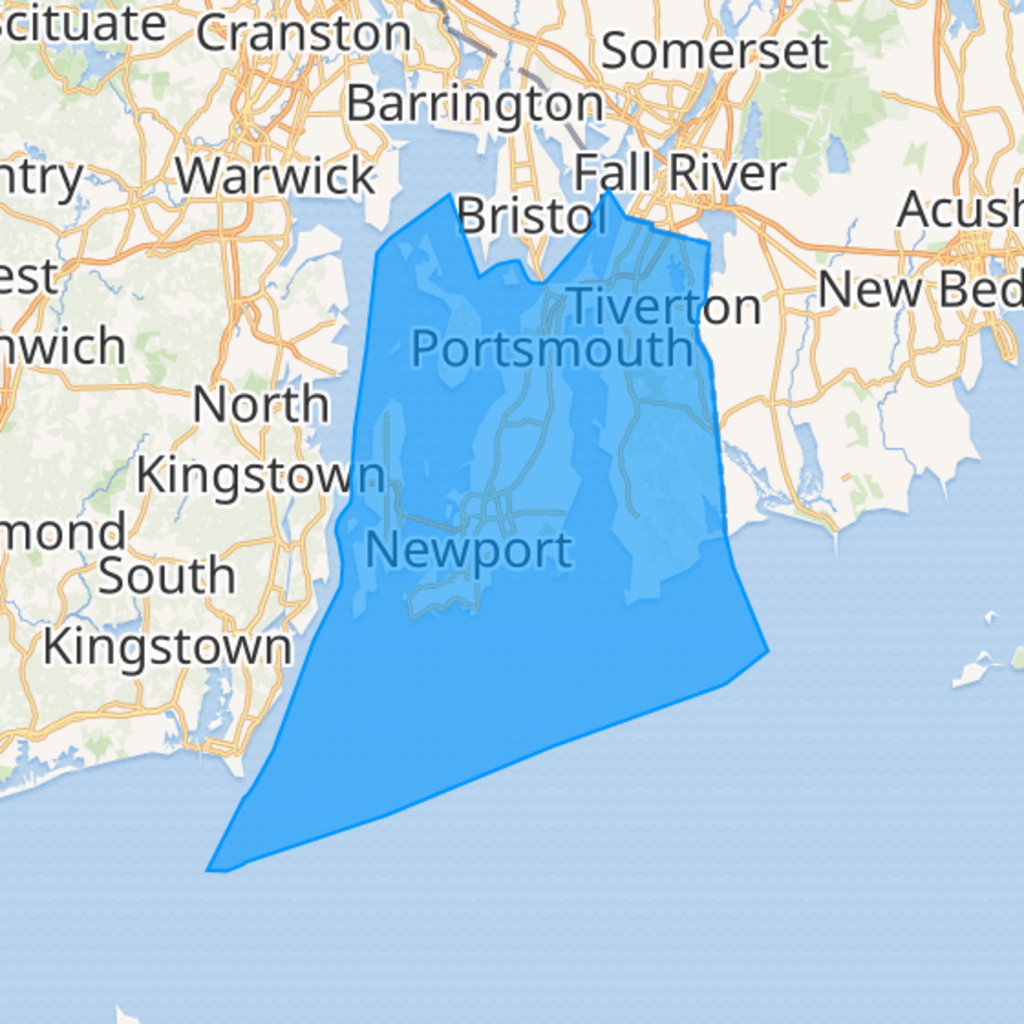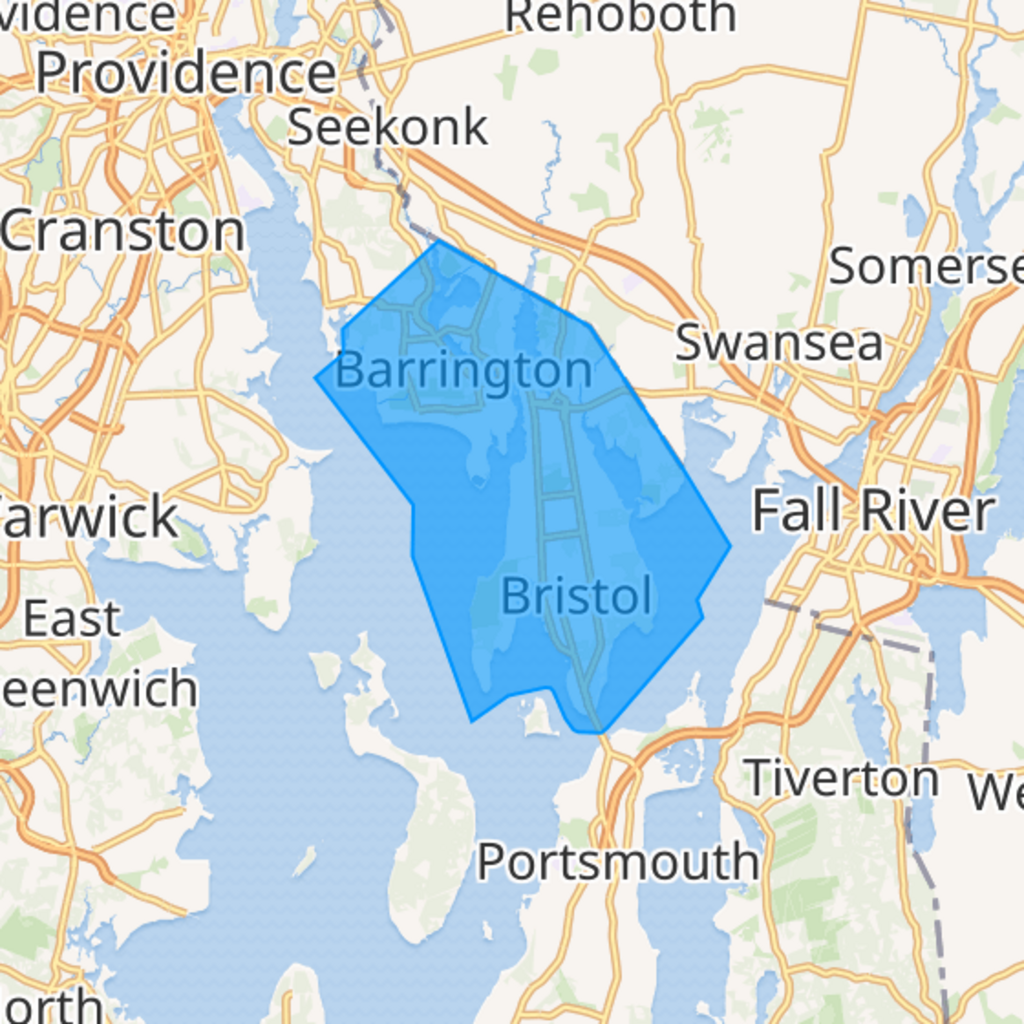Siding
Cedar Siding
Real wood warmth. Classic New England curb appeal.
Cedar siding brings authentic grain, rich color, and a soft, natural texture that vinyl and metal can’t match. It’s a favorite for coastal cottages and historic homes across Rhode Island.
Why homeowners choose it
Timeless, high-end look with real wood grain
Naturally resists moisture and decay better than many softwoods
Good insulation value; helps dampen sound
Can be stained or painted to any style—and can weather to a silver-gray if left natural
Styles & profiles
Clapboard/Lap: traditional horizontal planks
Shingle/Shake: iconic New England look with varied texture
Board-and-Batten: vertical lines for farmhouse or modern styles
Matching trim and accents complete the look
Color & finish options
Transparent & Semi-Transparent Stains: show off grain
Semi-Solid & Solid Stains/Paint: richer color and added protection
Leave natural to weather to a coastal gray (expect regular care)
Best fit for
Homeowners prioritizing authentic, premium appearance
Historic districts or homes seeking period-correct details
Projects where custom color and detailing matter
Care & lifespan
Wash gently 1–2×/year; keep landscaping off the walls
Re-stain or repaint on a regular cycle (typically every 3–7 years depending on exposure)
Use stainless steel fasteners to avoid streaks; good flashing and ventilation extend life
With consistent maintenance, cedar can last for decades
Quick compare
vs. Vinyl: far richer, more natural look—but more upkeep and higher upfront cost
vs. Fiber Cement: warmer, real-wood texture; requires more frequent finishing
vs. Composite: unmatched authenticity; composites offer lower maintenance
Considering cedar? Pinnacle Roofing & Skylights installs cedar shingles and clapboard with clean details, proper flashing, and premium finishes. Book a free consult and we’ll bring stain and profile samples to your home.
Fiber Cement Siding
Timeless look. Excellent Performance
James Hardie fiber cement is durable, long lasting and a beautiful siding choice. Fiber cement siding blends the classic appeal of wood with the durability of modern materials. It stands up to New England’s salt air, wind, and freeze-thaw cycles without rotting, warping, or inviting pests.
Why homeowners choose it
Fire-resistant and non-combustible
Won’t rot, swell, or attract termites
Withstands coastal winds and storm-driven rain
Low maintenance: holds paint/finish for years
Excellent curb appeal with crisp lines and rich color
Styles & profiles
Lap/Plank: the most popular, clean horizontal lines
Shingle/Shake: cedar-style texture without cedar upkeep
Panel & Batten: modern farmhouse or contemporary looks
Matching trim, soffits, and fascia for a finished system
Color options
Factory-finished coatings (e.g., baked-on color) for fade resistance and even coverage
Paintable if you ever want a new color down the road
Best fit for
Homes that want the warmth of wood without the upkeep
Coastal and four-season climates that demand strength
Long-term owners who value durability and resale
Care & lifespan
Rinse occasionally; inspect caulk at joints
Factory finishes commonly carry finish warranties; boards carry long material warranties
Installed properly, fiber cement delivers decades of service
Quick compare
vs. Vinyl: stronger, more wood-like look; heavier and typically higher upfront cost
vs. Wood: similar appearance with far less maintenance and no rot or insect issues
Considering fiber cement? Try James Hardie Visualizer to see how your home will look with your newe siding and give us a call. We are ready when you are. Pinnacle Roofing & Skylights installs premium systems with clean details and weather-tight flashing. Book a free consult and we’ll bring samples to your home.
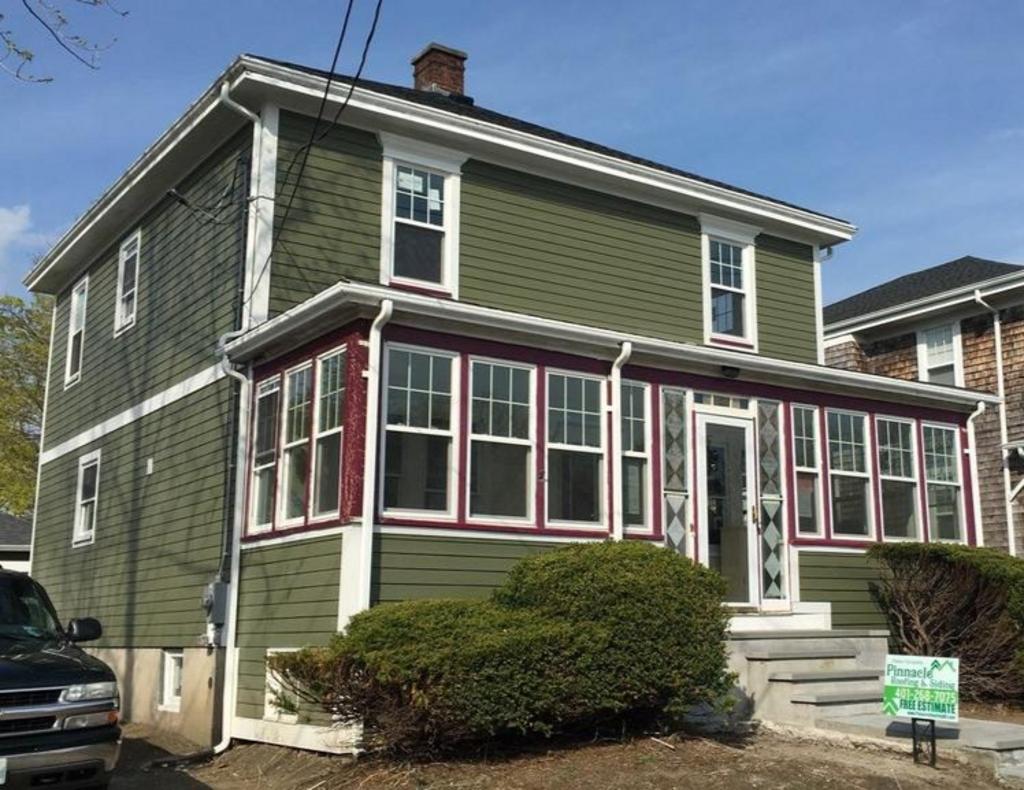
Seamless Gutters
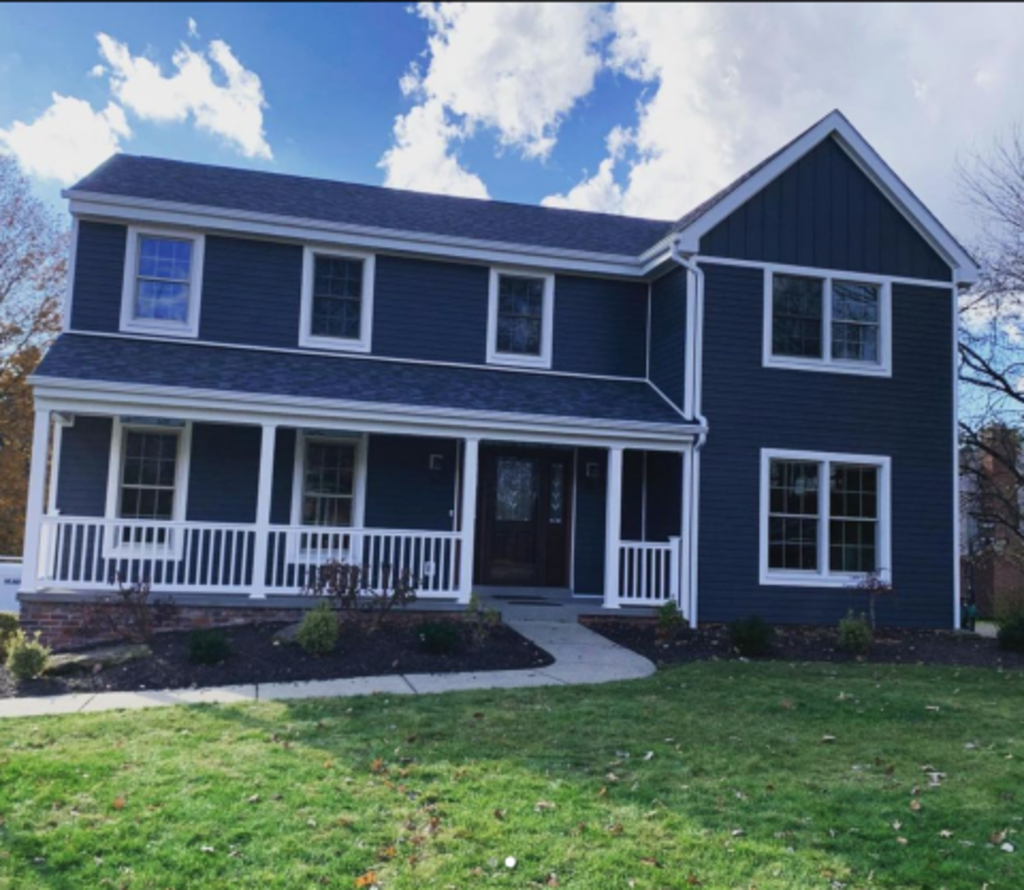
Composite Siding
Wood look. Minimal upkeep.
Everlast and Azek make durable, solid siding for a beautiful home.
Composite siding blends advanced materials (e.g., polymer resins with minerals or engineered wood fibers with protective binders) to deliver a rich, wood-grain appearance without the usual maintenance.
Why homeowners choose it
Resists moisture, swelling, cracking, and pests
Thicker, more rigid feel and deeper shadow lines than basic vinyl
Impact-resistant—good for wind-blown debris
Low maintenance: many lines are factory-finished; others are paintable for custom color
Styles & profiles
Lap/Plank: classic horizontal look with crisp lines
Shingle/Shake: cedar style without cedar upkeep
Board-and-Batten / Vertical Panels: modern farmhouse to contemporary
Matching trim and accessories for a complete system
Color options
Long-lasting factory colors with UV protection (no repainting for many systems)
Paintable options available for custom palettes
Best fit for
Homeowners who want the warmth of wood with lower maintenance
Coastal and four-season climates needing durability
Design-forward projects that benefit from thicker profiles and realistic texture
Care & lifespan
Rinse occasionally; check joints and sealant as part of seasonal upkeep
Strong manufacturer warranties on material and, for factory colors, finish
Quick compare
vs. Vinyl: sturdier feel, richer texture, higher impact resistance; typically higher upfront cost
vs. Fiber Cement: often lighter and easier to cut/handle; many lines offer color-through or factory finishes to reduce repainting
Thinking about composite siding? Try Davinci's visualizer as well as Brava's visualizer to help imagine how your home will look and give us a call. We are ready when you are. Pinnacle Roofing & Skylights installs premium systems with clean details and weather-tight flashing. Book a free consult and we’ll bring samples to your home.
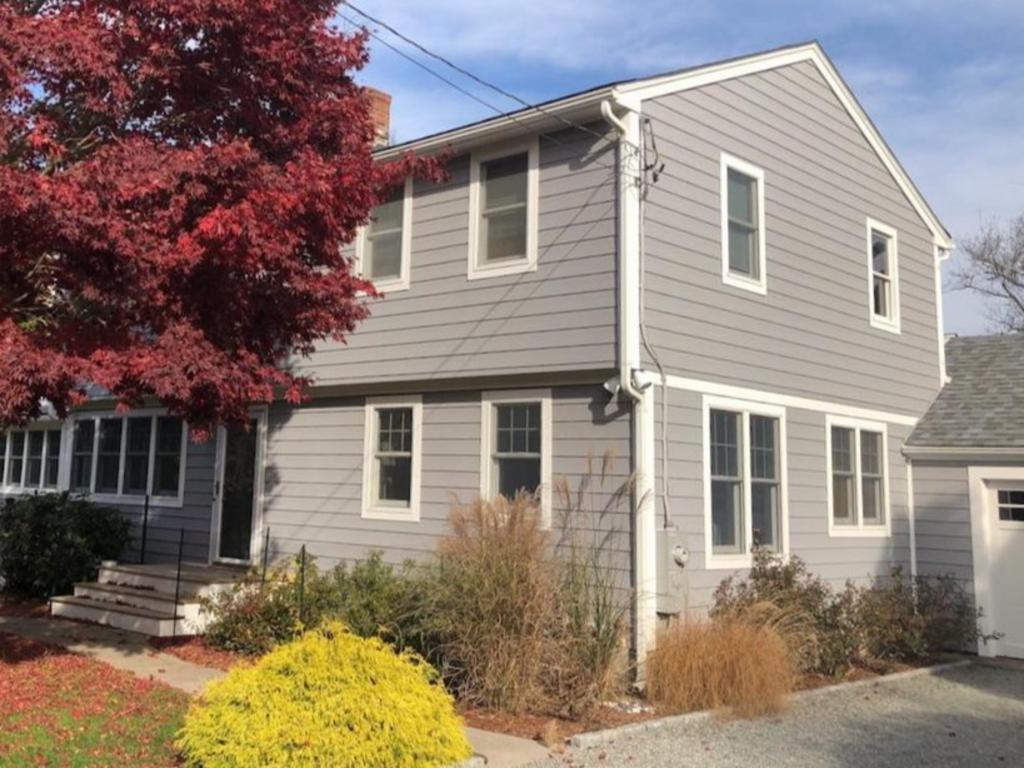

FAQS
Frequently Asked Questions about Cedar, Composite and Fiber Cement Siding
Cedar Siding — FAQs
How long does cedar siding last in New England?
Properly installed and maintained cedar siding can last 30–50+ years in New England’s climate.
Do cedar shingles need to be stained, or can they weather naturally?
Both work. Stain/paint adds protection; left natural, cedar will age to a coastal silver-gray and still perform with routine care.
How often should I re-stain or repaint cedar?
Every 3–7 years depending on sun exposure, product used, and coastal conditions.
Is cedar siding good for Rhode Island’s coastal salt air?
Yes. Cedar is naturally rot-resistant; use stainless fasteners and quality finishes for best results.
Will cedar attract insects or woodpeckers?
Cedar is less attractive to insects than many softwoods; proper sealing and ventilation reduce pest issues.
What’s the difference between cedar shingles and clapboard?
Shingles create a textured, traditional look; clapboard (lap) delivers long, horizontal lines. Both are classic New England styles.
Does cedar insulate better than vinyl?
Cedar has a higher natural R-value than vinyl panels, contributing modestly to energy performance.
How do I prevent cupping or warping on cedar boards?
Back-priming, correct nailing, rainscreen spacing, and controlled moisture are key.
Can I mix cedar accents with other siding types?
Yes. Many homes pair cedar on gables or porches with fiber cement or composite on the main walls.
Is cedar more expensive than fiber cement or composite?
Upfront cost is often higher than vinyl and can be comparable to premium fiber cement/composite depending on grade and finish.
Fiber Cement Siding — FAQs
Is fiber cement siding fire-resistant?
Yes. It’s non-combustible and a strong choice where fire resistance matters.
How long does fiber cement siding last?
Decades—commonly 30–50+ years with proper installation and care.
Will fiber cement rot, warp, or attract termites?
No. It won’t rot or attract insects and is highly dimensionally stable.
What maintenance does fiber cement need?
Rinse occasionally and inspect caulk/flashings; factory finishes typically need far less repainting than wood.
How does fiber cement handle Rhode Island storms and freeze-thaw?
Exceptionally well. It resists wind, impact, and moisture when properly flashed and fastened.
Can I repaint fiber cement later if I change colors?
Yes. It holds paint very well; many products also come with durable baked-on finishes.
What profiles are available?
Lap/plank, shingle/shake, vertical panels with batten strips, plus matching trim and soffits.
Is fiber cement heavier to install?
It’s heavier than vinyl/engineered polymer and requires pro handling—one reason professional installation matters.
Will fiber cement help resale value?
Yes. Buyers like its longevity, curb appeal, and low upkeep.
How does the cost compare to vinyl and wood?
More than basic vinyl, often less lifetime maintenance than wood, and competitive with premium composites.
Composite Siding — FAQs
What is composite siding made of?
Engineered blends (e.g., polymers with minerals or wood fibers with resins) designed for strength, stability, and realistic wood texture.
Is composite siding good for coastal New England climates?
Yes. It resists swelling, cracking, and moisture—ideal for salt air and freeze-thaw cycles.
Does composite siding fade or chalk?
Quality lines include UV-stable finishes for strong color retention; many carry color warranties.
What maintenance does composite siding need?
Light rinsing and periodic checks at joints/caulk—no scraping or frequent repainting required.
How realistic is the wood look?
Excellent. Deep embossing and thicker profiles create convincing grain and shadow lines.
Is composite siding impact-resistant?
Yes. Many products offer robust impact performance for wind-blown debris.
Can composite siding be painted?
Some lines are paintable; others come factory-finished to eliminate painting—choose based on your preference.
How does composite compare to fiber cement?
Typically lighter and easier to cut, similar curb appeal, and very low maintenance; fiber cement is non-combustible.
What kind of warranty do composites have?
Often multi-decade material warranties and separate finish warranties—details vary by manufacturer.
Can I mix composite with stone or cedar accents?
Absolutely. Composite pairs well with stone, brick, or cedar features for a custom look.
Pinnacle Services all of Rhode Island
Residential Roof Replacements, Skylight Installations and Replacements, Commercial Roofing
Providence
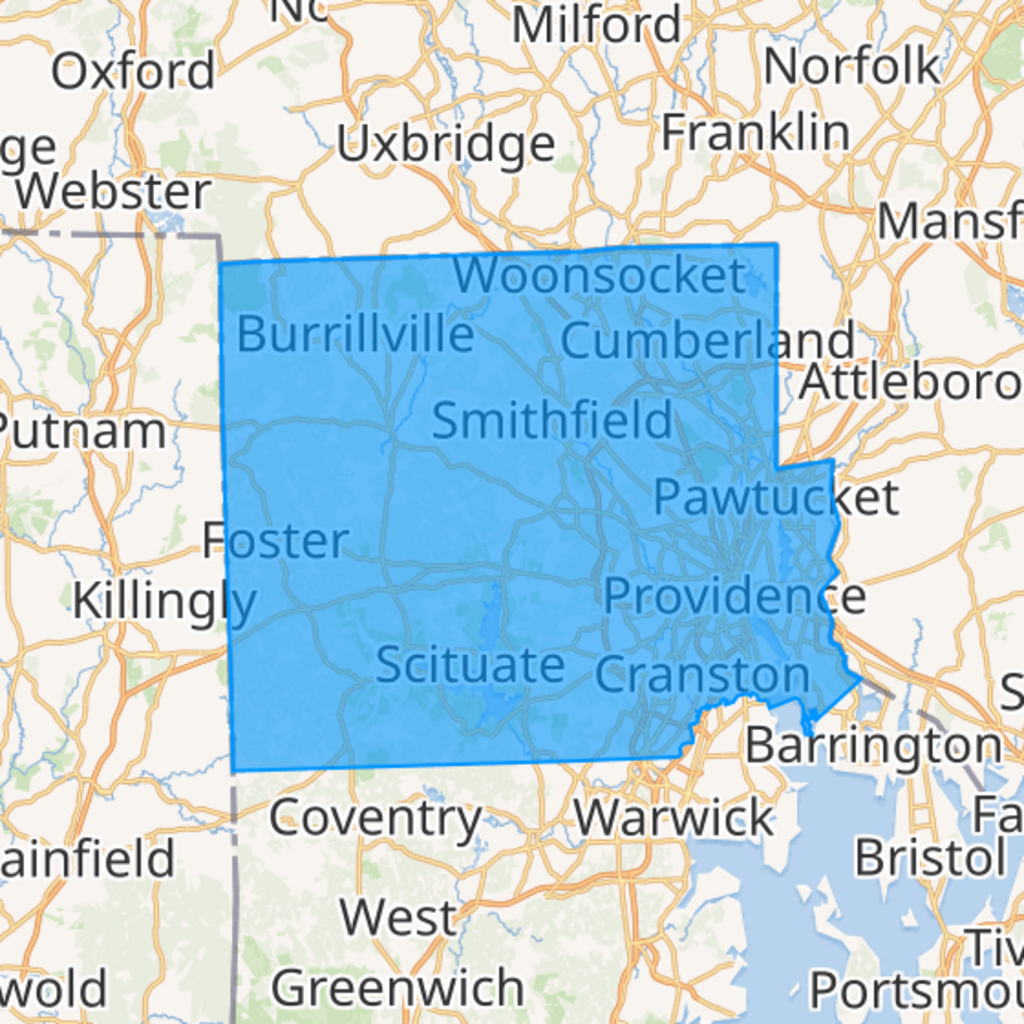
Cities
Central Falls
Cranston, RI
East Providence
Pawtucket
Providence, RI
Woonsocket
Towns
Burrillville
Cumberland
Foster
Glocester
Johnston, RI
Lincoln, RI
North Providence
North Smithfield
Scituate
Smithfield
Washington County, RI
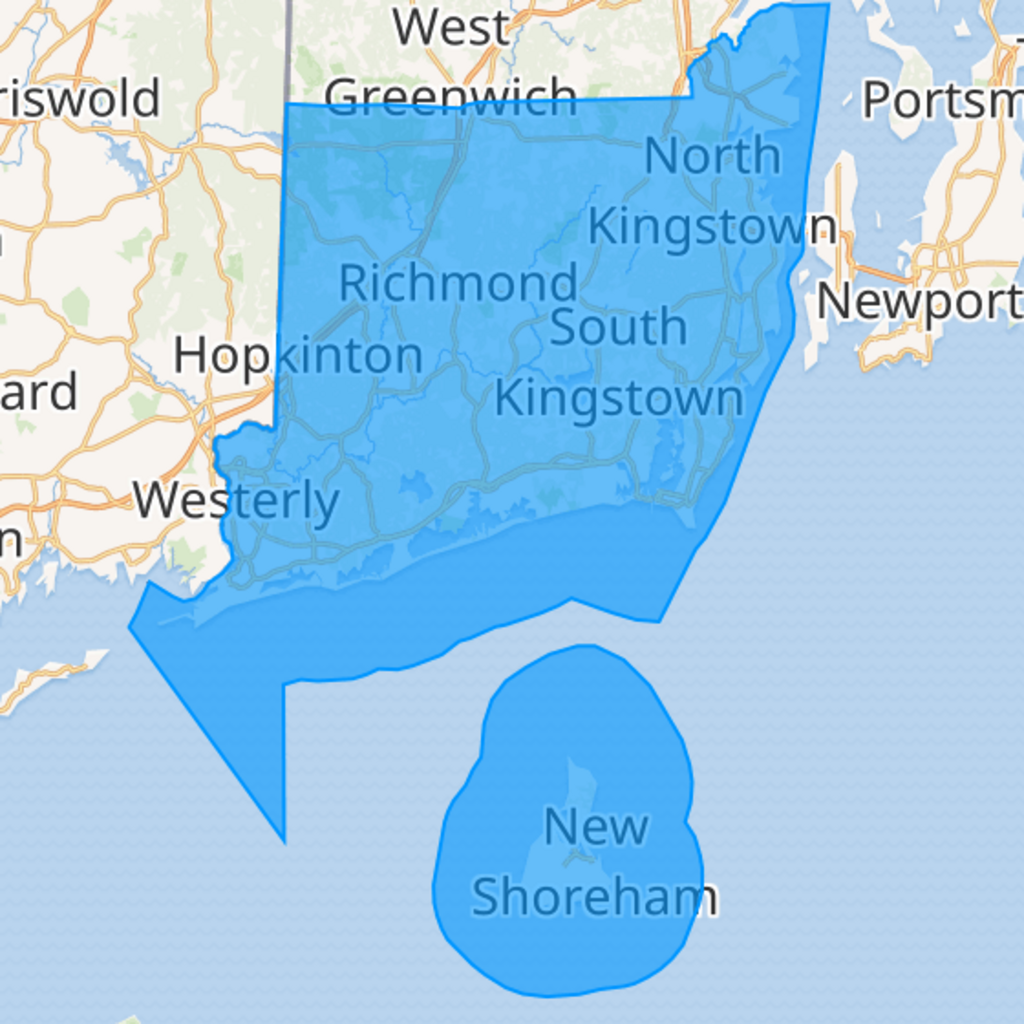
Charlestown
New Shoreham
Westerly
